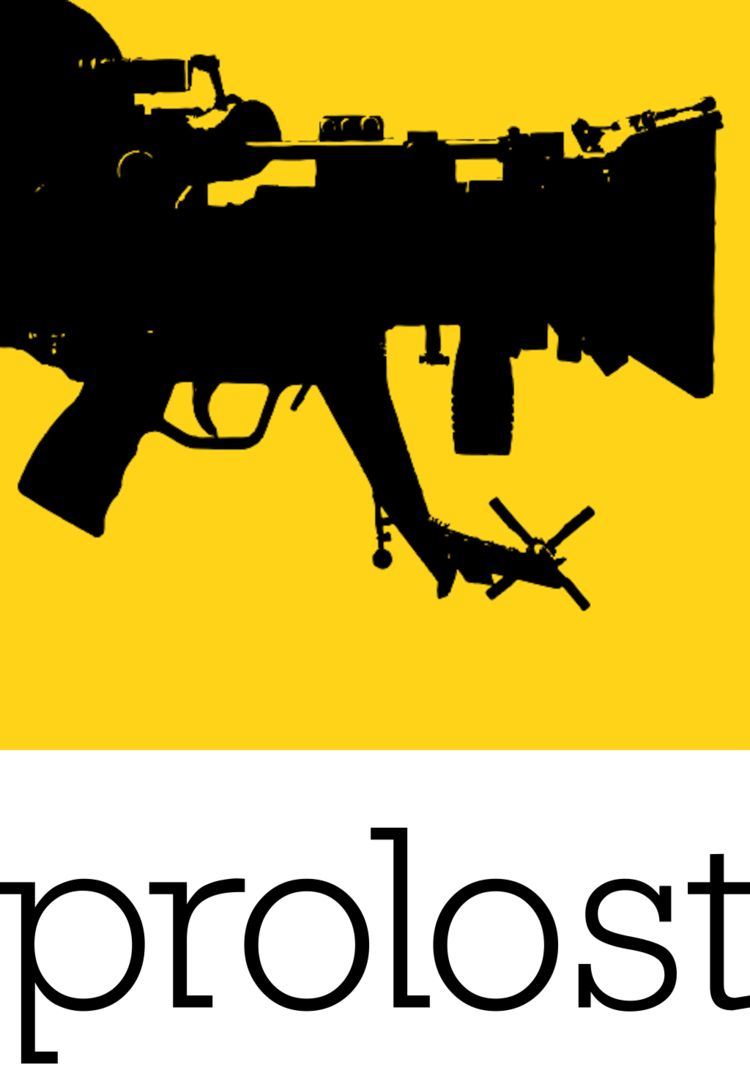“If people are not stunned by the specs and design, I will retire… truly.”
-Jim Jannard, RED
Jim Jannard of RED had cryptically mentioned that they would be creating a product to address the “DSLR Market.” Last night on REDuser.com he expanded on that announcement a bit:
We believe, and are developing for late 2009, a replacement for DSLRs. Currently, we call it a DSMC (Digital Still & Motion Camera).
While (insert code name) is not a replacement for Epic or Scarlet, it is strategically targeted at the DSLR space. As Nikon and Canon release their 720P and 1080P, respectively, DSLRs with video capture… RED has a more advanced view of the future. We look forward to rapidly pushing the “big guys” along in feature sets and capabilities.
RED firmly believes in higher resolution, higher S/N, higher DNR, higher frame rates, smaller bodies, more system flexibility, and many more options as we move forward in camera development.
The strength of RED is in our sensor development program, REDCODE, and having no legacy platforms to deal with. That left us free to explore, develop and prepare to deliver a new platform. DSMC.
We think all our customers already know what the future will bring. They are just afraid to wish for it for fear of disappointment. Fear not. Sleep tight. RED is awake.
Jim
Jim’s enthusiasm-trumps-accuracy grammatical stylings are oddly representative of his company’s engineering efforts. As Fred Johnson pointed out on TWiP 46, RED is a lot like Apple entering the cell phone market. It takes an outsider to start over from scratch and shake up the assumptions that the staid players hold dear. But as an outsider it’s very difficult to just get the basics right. RED One was both groundbreaking and revolutionary, but in many ways it is still catching up with the things the “big guys” do in their sleep. Just like the iPhone.
Jim didn’t say that RED is building a DSLR. He said he’s making a replacement for DSLRs. I love my DSLR but I do have the sense that much of its design is based in a legacy that no longer applies. Jim also said on CML that “We also believe that the future is a ‘still & motion’ camera world. Just at much higher quality levels [than the D90].”
What makes up the user experience of a DSLR? To me it’s more about lens choice, a big sensor, instantaneous shutter release and a raw workflow than it is about mirrors and Through The Lens viewfinders. It’s about insanely good autofocus and lenses around which one feels compelled to form a religion. It’s about ergonomics that make you forget where your hand stops and your camera starts.
Add motion to that mix and you get to list off more personal priorities. The Nikon D90 has been amply tested by many folks and the verdict is just as I predicted: The images look great as long as you don’t look to close, and motion is fun but too much turns into jello-vision. Nevertheless, the D90 got us all thinking about what it would mean to dip our SLR chocolate into our HD peanut butter, and for my part at least I couldn’t think of a good reason not to do it. If RED or anyone else can develop a raw motion workflow in a body that not only shares my SLR lenses but can do the job of my SLR, then Jim is not wrong in saying that “‘revolution’ applies more to this than the RED ONE did to cinema.” I mean, except for the grammar.
But while the “big guys” in the SLR market may be set in their ways and unlikely to revolutionize without competition from someone like Jim, I hope Jim realizes what he’s up against. I think he should, because he’s an avid photographer. He’s going down a whole new path now, competing with well-loved players instead of the rarefied few in the digital cinema world. Canon and Nikon compete viciously on features, price, and technology. It’s a heavyweight bout where the spectator is the only clear winner.
There is a theory that in order to shake customers away from an existing product, your product must be ten times better. In the digital cinema space RED One was seen by almost everyone as being ten times better than anything at its price point. What happens when RED’s SLR-killing autofocus is just a hair slower than Canon’s? Or only a tiny bit better?
Good luck Jim. I’m sure I’ll want whatever you make. But I do hope you’re as busy making things as you are dreaming them up. Remember the 4K projectors and displays you mentioned two NABs ago? It would delight me to no end if you were as enthusiastic about refining your existing products as you are about announcing new ones.


